Are Teething Toys Good for Babies? Unpacking the Benefits
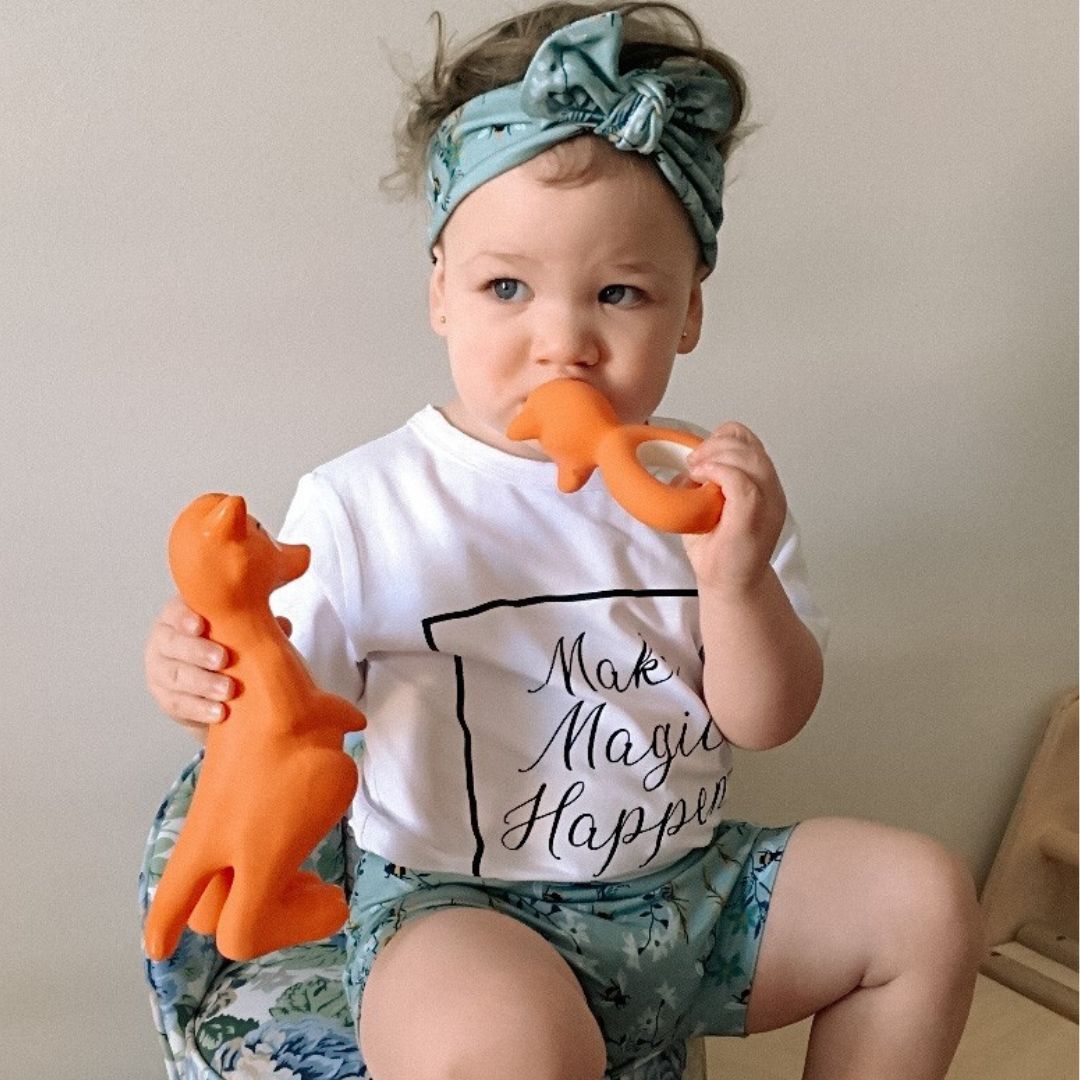
Unpacking the Benefits of Baby's Teething Toys
Teething is a natural part of a baby's development, typically starting around 4 to 7 months of age. As those little teeth start pushing through the gums, babies often experience discomfort and a strong urge to chew on something to get relief. This is where teething toys come into play. But are teething toys really good for babies? This article explores the benefits and considerations of teething toys, helping parents make informed decisions for their teething little ones.
Benefits of Teething Toys
-
Pain Relief
The primary benefit of teething toys is that they offer pain relief. Chewing on these toys provides counter-pressure to a baby’s tender gums, which can soothe the discomfort of incoming teeth.
-
Motor Skills Development
Handling and chewing on teething toys help babies develop their motor skills. These toys encourage babies to learn how to grasp and manipulate objects with their hands, which are essential skills for their overall development.
-
Sensory Exploration
Teething toys often come in various shapes, textures, and colours. They help stimulate a baby's senses, aiding in sensory development. This exploration is crucial as babies learn more about the world around them through touch, sight, and sound.
-
Oral Stimulation
Teething toys can help babies get used to having objects in their mouths, which is a good preparation for accepting spoons and eventually solid food. This oral stimulation can also promote healthy oral motor development which is important for eating, drinking, and speech.
-
Safe Chewing Outlet
Babies have a natural need to chew during teething. Providing them with toys specifically designed for this purpose can prevent them from chewing on potentially harmful objects like their hands, clothing, or items that could pose choking hazards.
Considerations When Choosing Teething Toys
While teething toys offer significant benefits, choosing the right ones is crucial for their effectiveness and safety:
-
Material Safety
Always opt for teething toys made from safe, non-toxic materials. Look for labels indicating that the toy is BPA, PVC, and phthalate-free. Common materials include natural rubber, silicone and untreated wood.
-
Easy to Clean
Teething toys need to be cleaned frequently to keep them sanitary. Choose toys that are easy to clean and can withstand frequent washes without deteriorating.
-
Appropriate Size and Shape
Ensure that the teething toys are the right size and shape to prevent any choking hazards. They should be large enough not to fit entirely in the baby’s mouth but easy for little hands to hold.
-
Durability
Check for durability in teething toys, as damaged toys can create choking risks. Inspect them regularly for signs of wear and tear and replace them when necessary.
Teething toys are not just good for babies—they're essential during the teething phase. They provide relief from discomfort, help with sensory and motor development, and ensure a safe outlet for babies' natural chewing instincts. By choosing the right teething toys and using them responsibly, parents can help make the teething process a little easier for their babies.
Remember to monitor your baby while they use teething toys and maintain a regular cleaning routine to keep the toys safe and hygienic. With these practices in place, teething toys can indeed be a good and beneficial addition to your baby’s daily routine.
Shop Australia's Original Natural Teething Toy here.

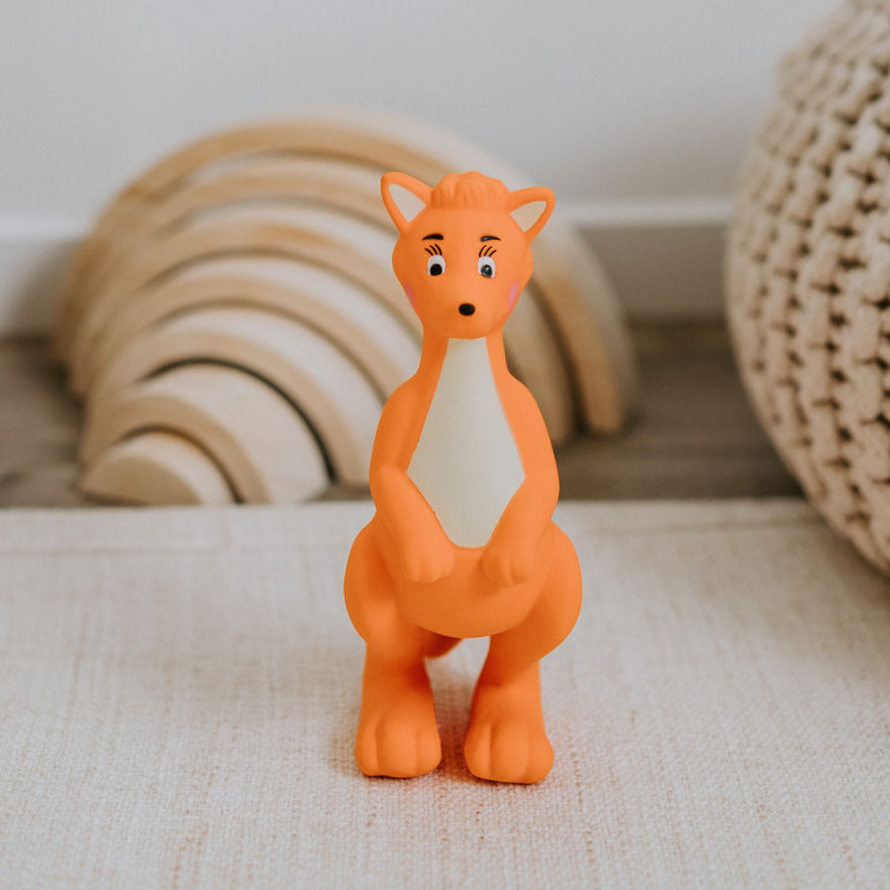
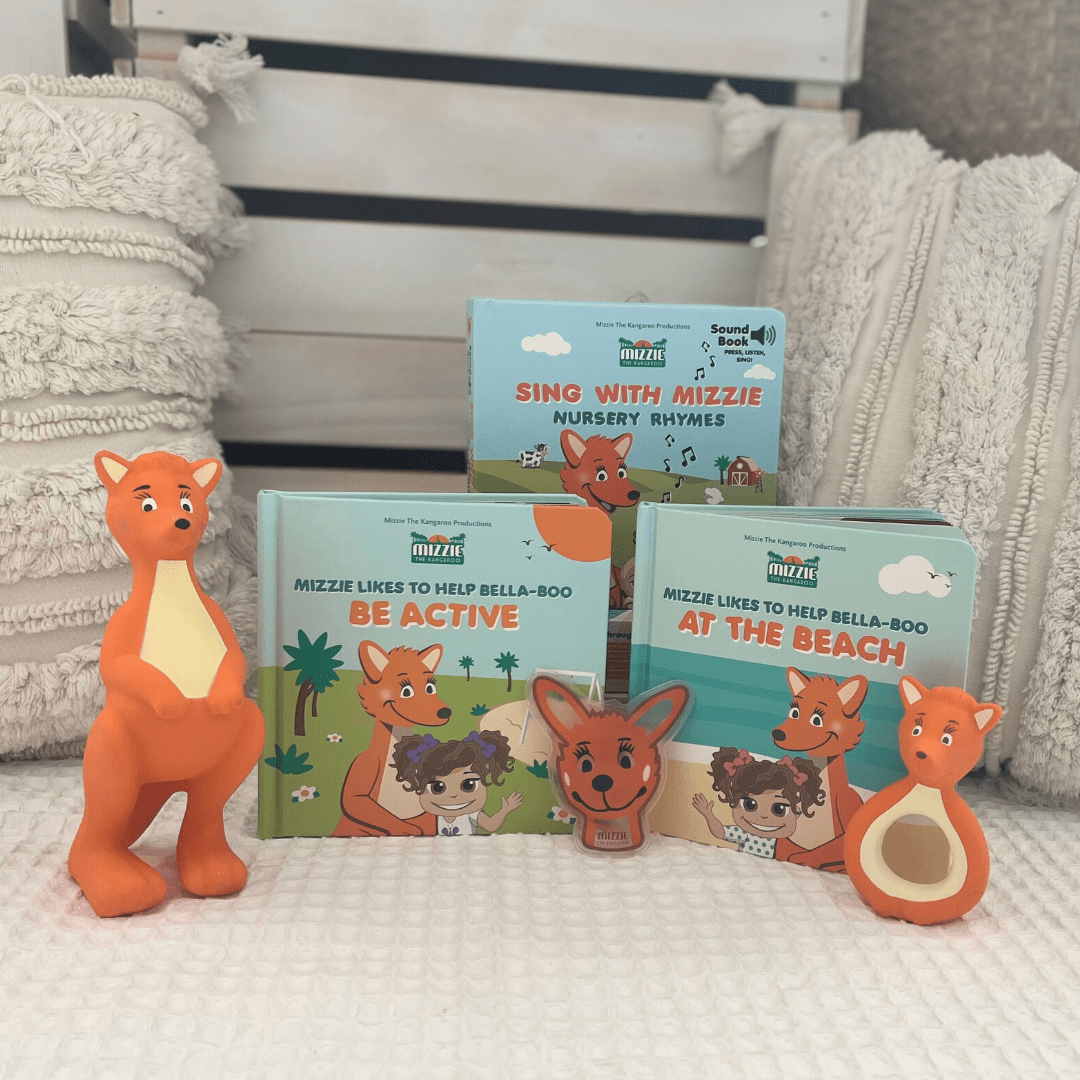



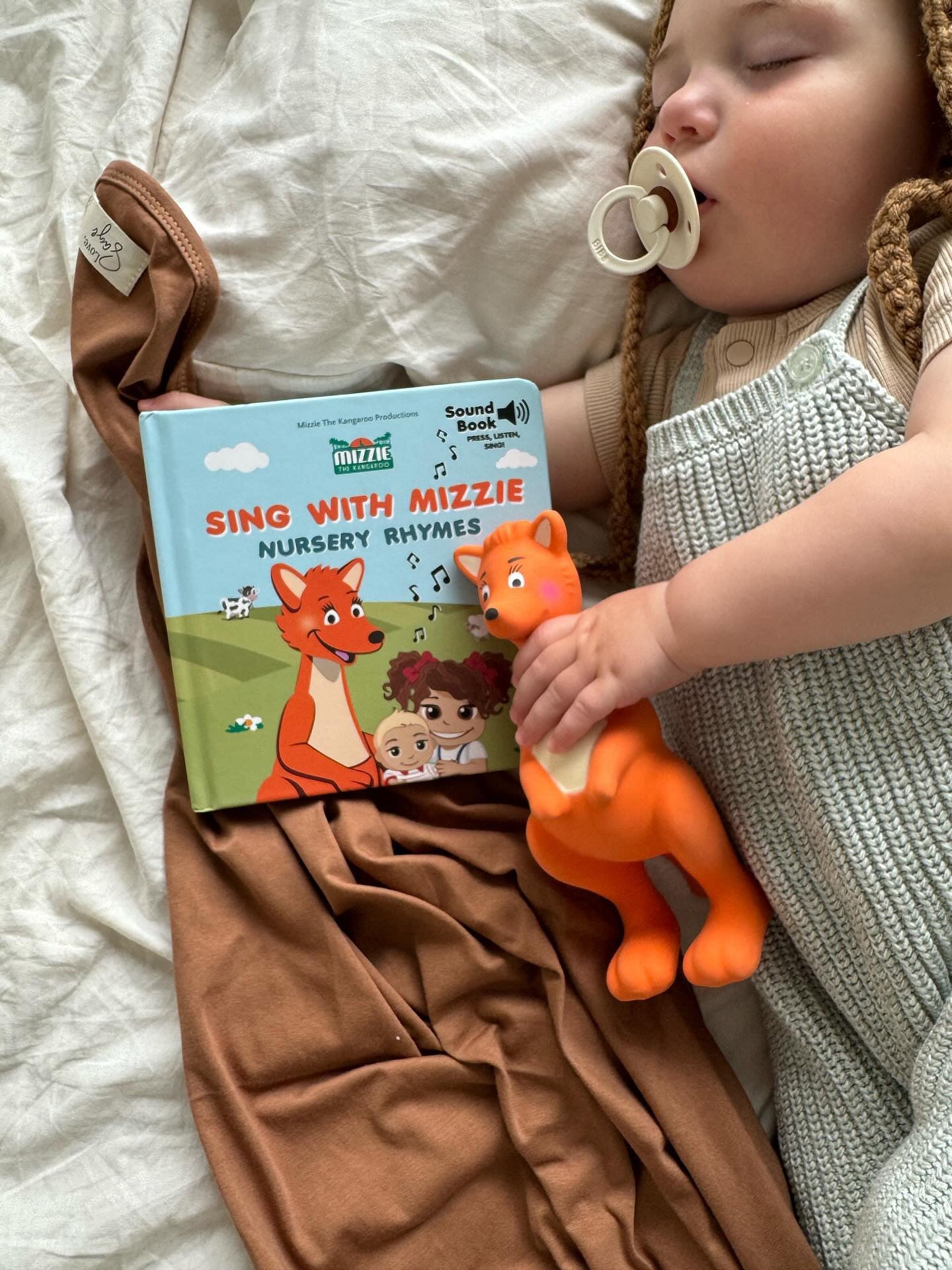
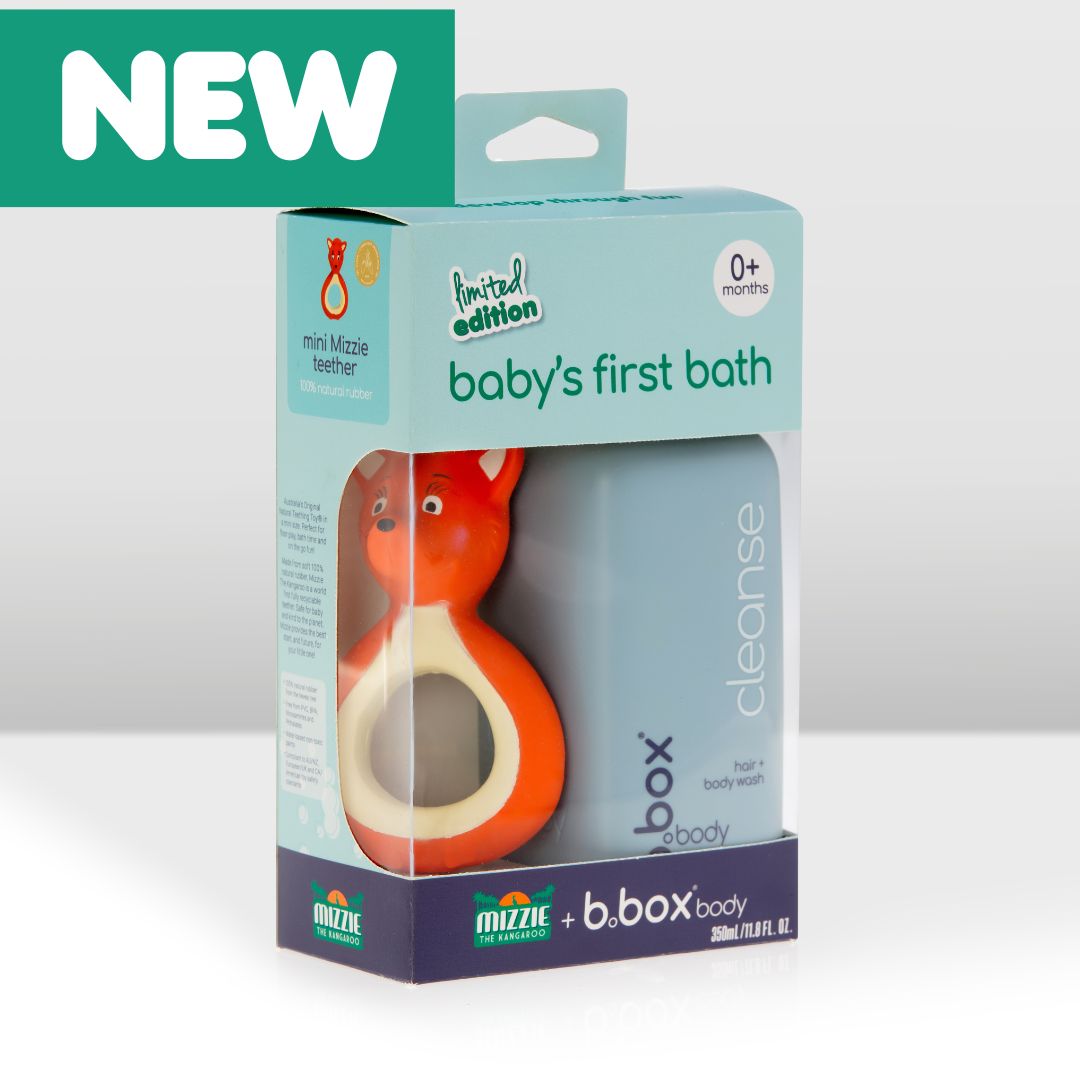
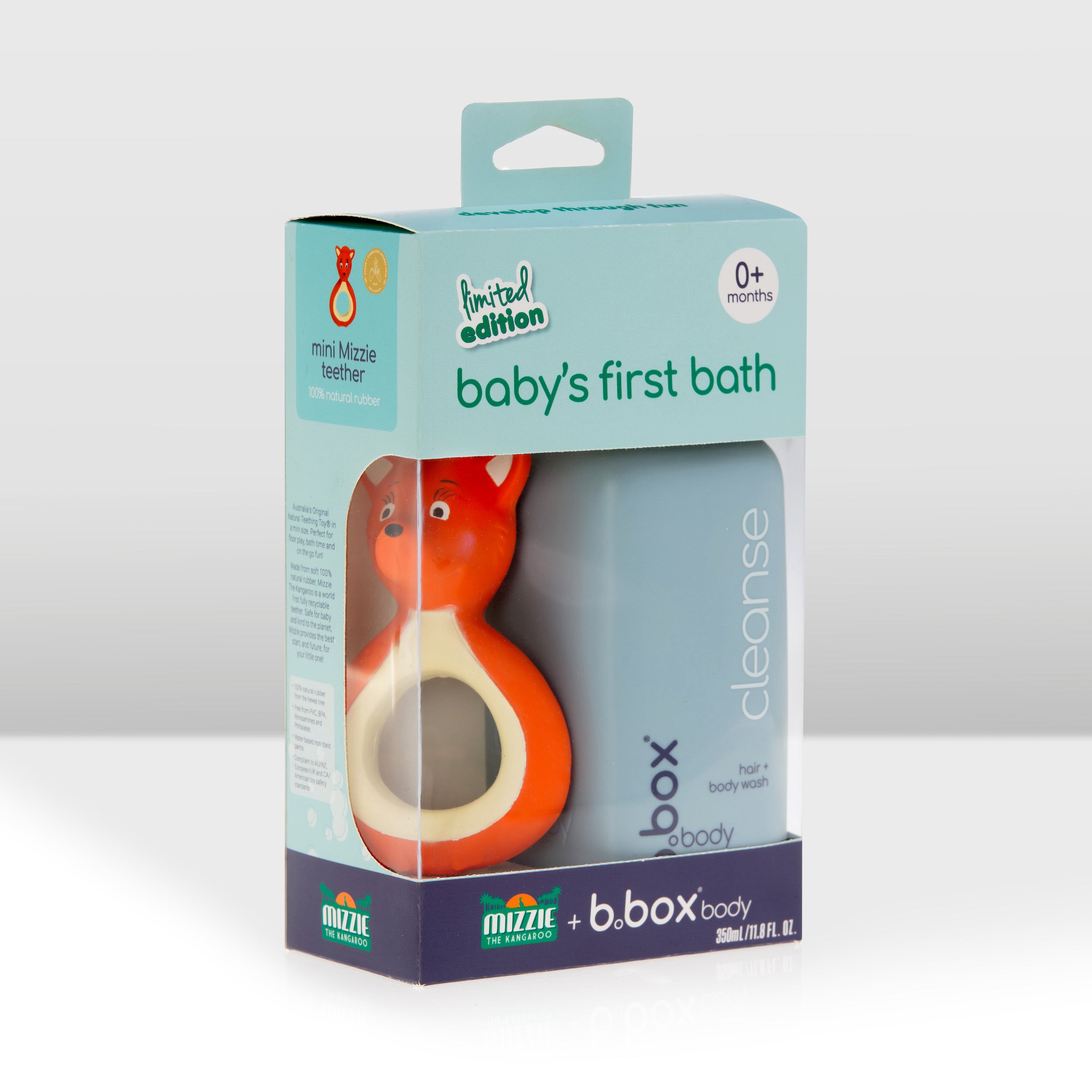
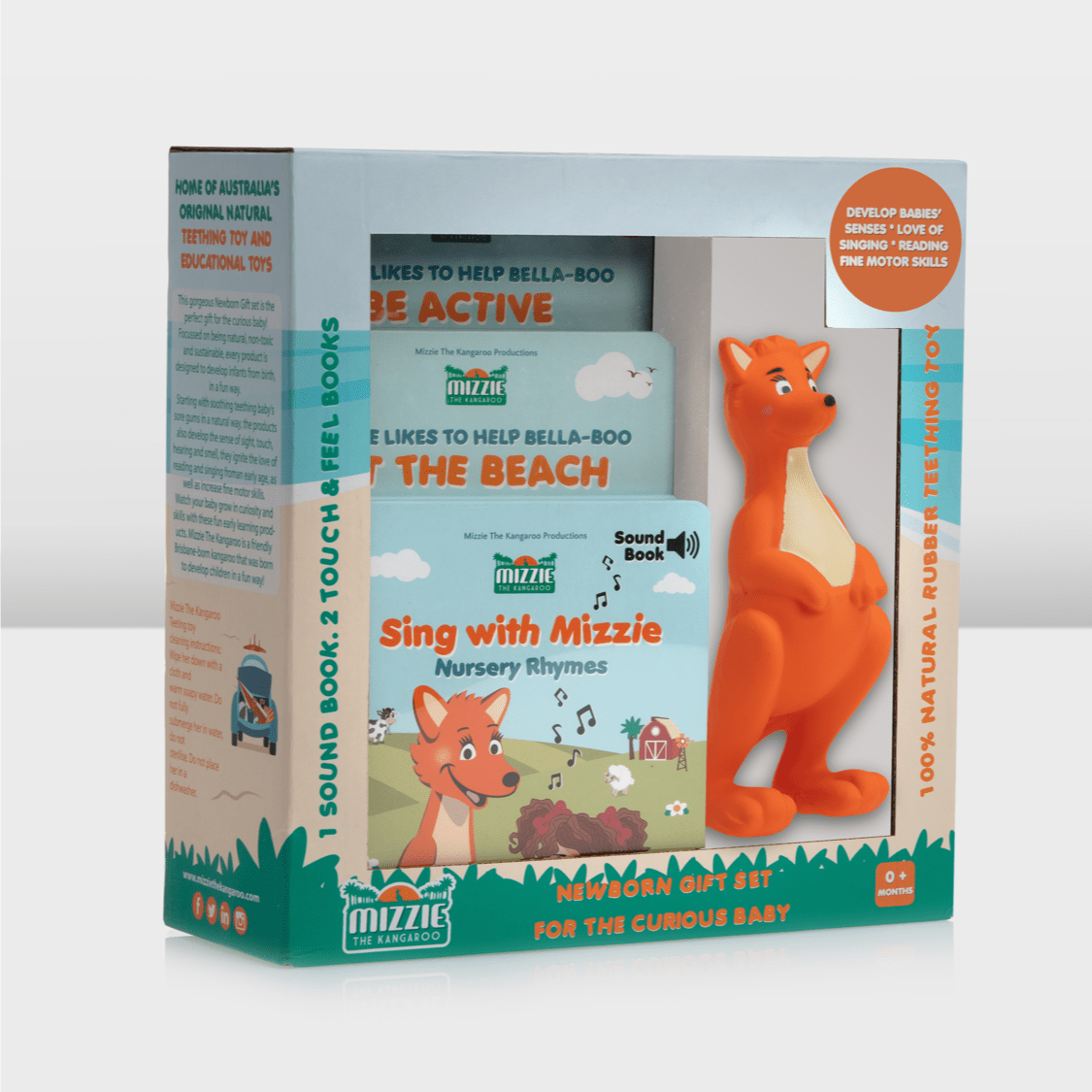
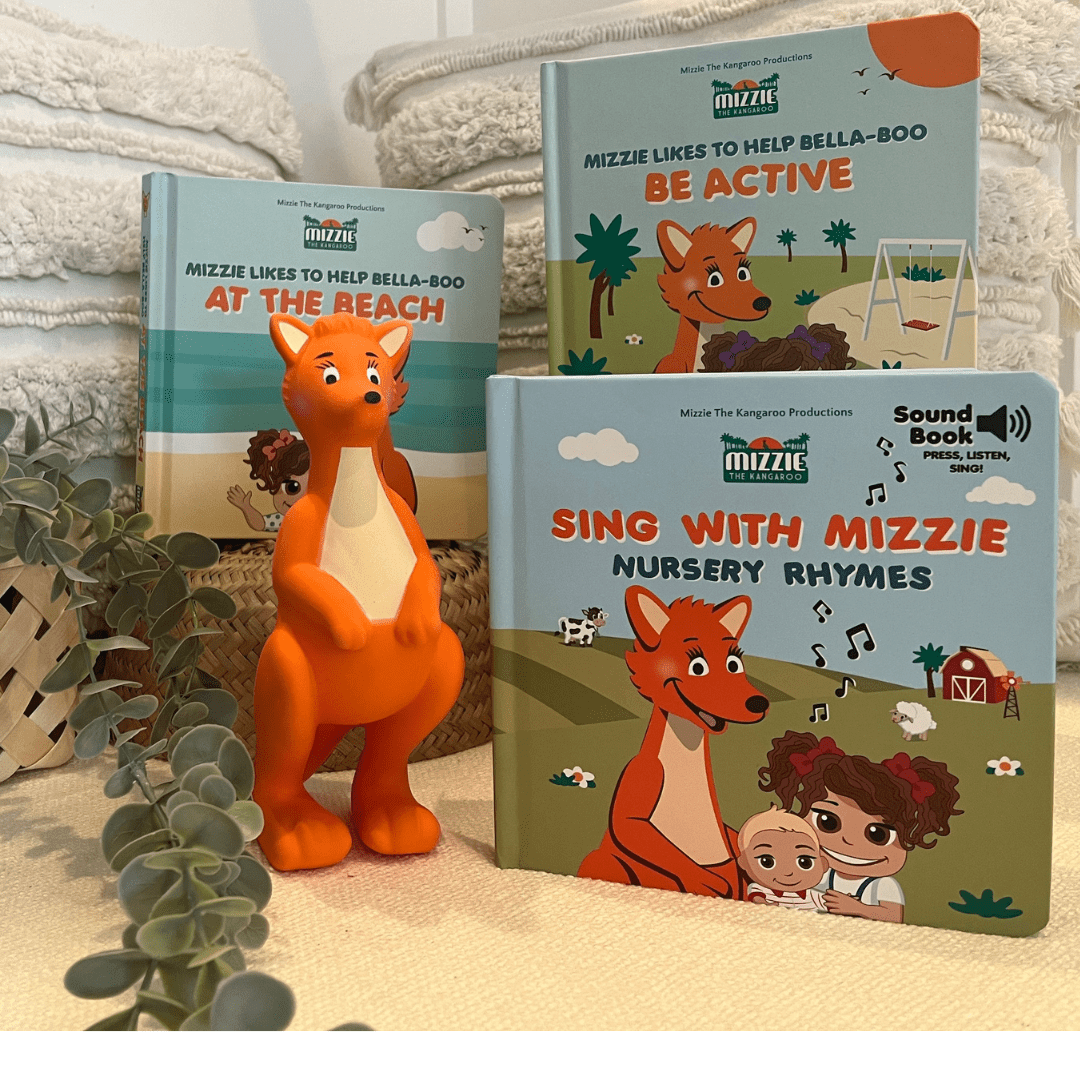
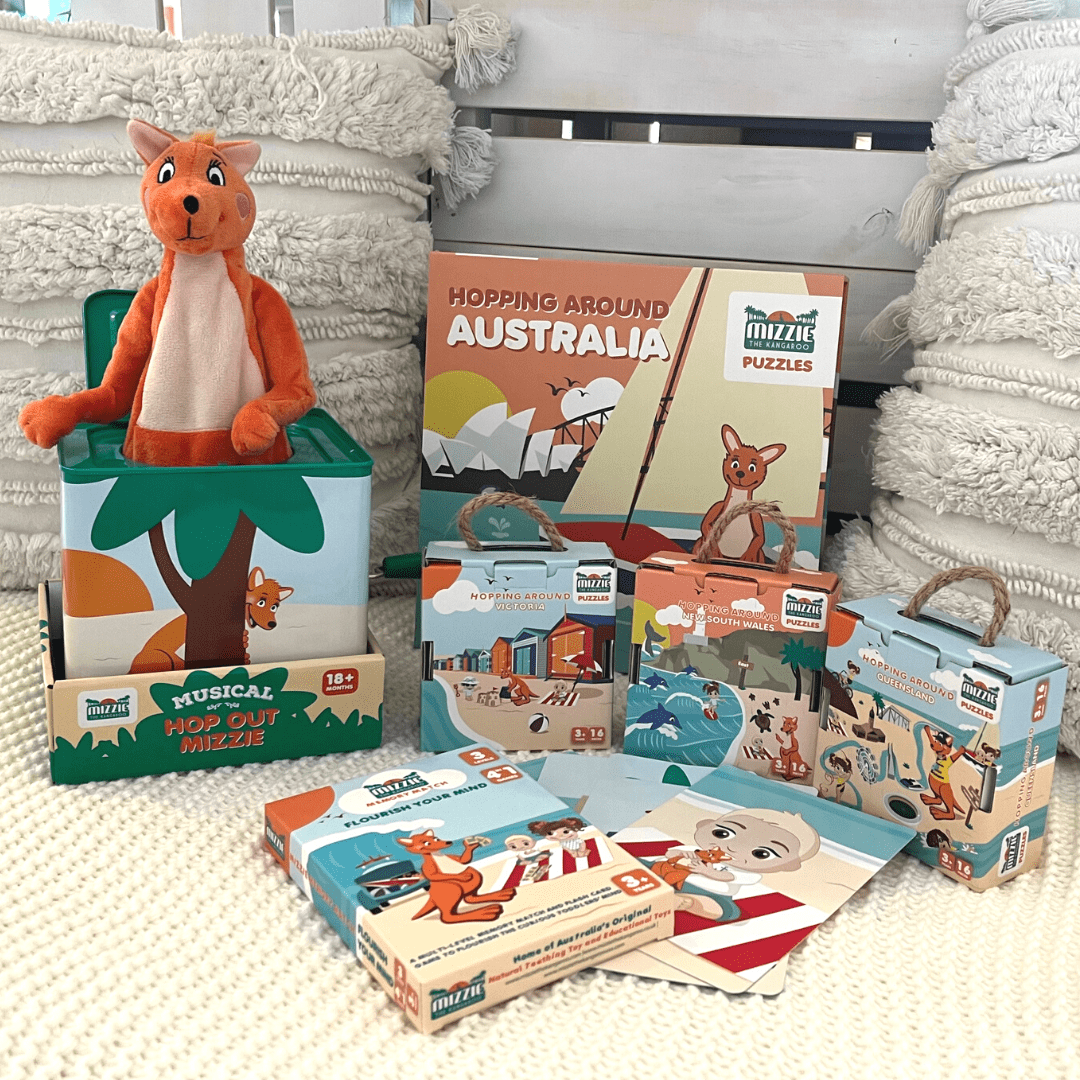
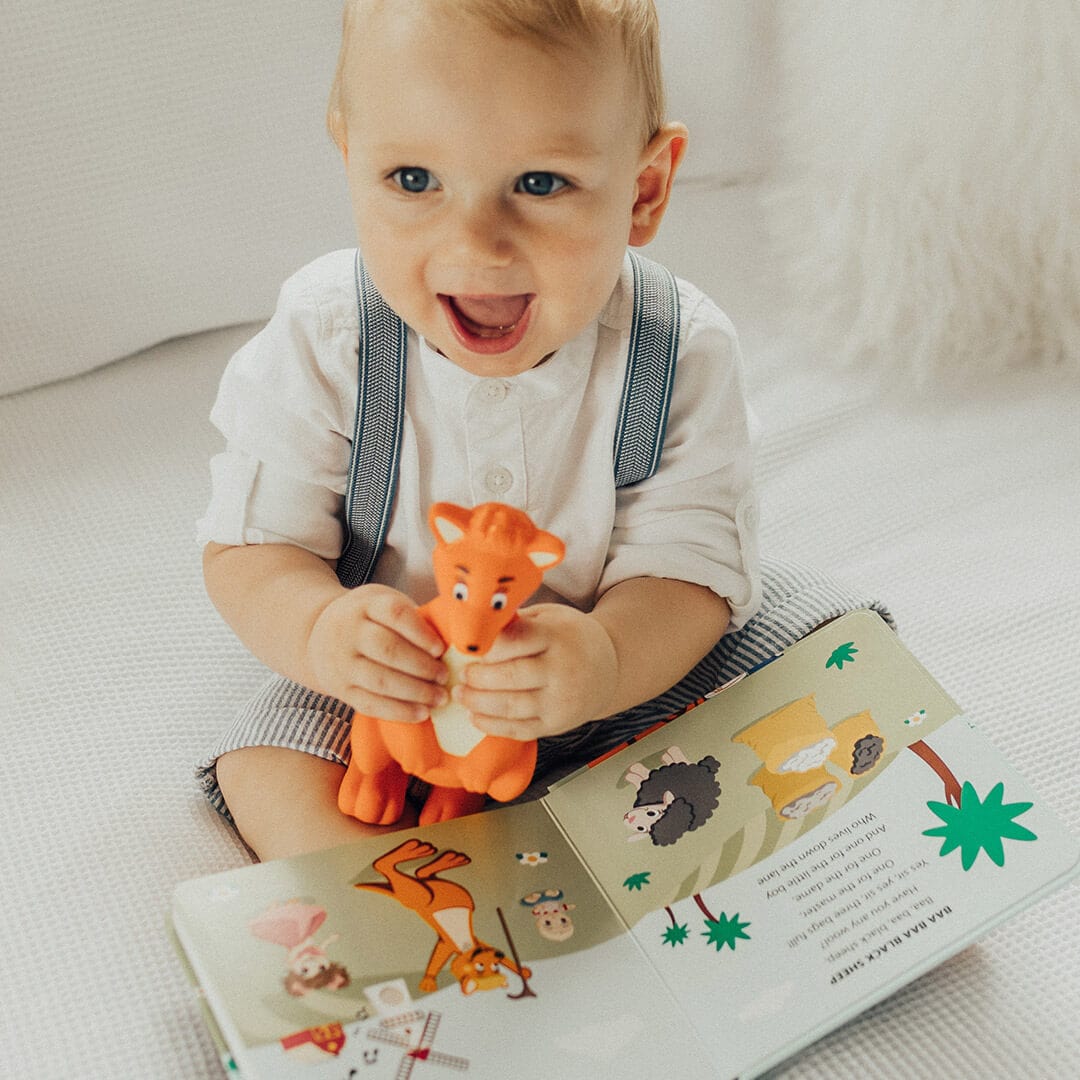
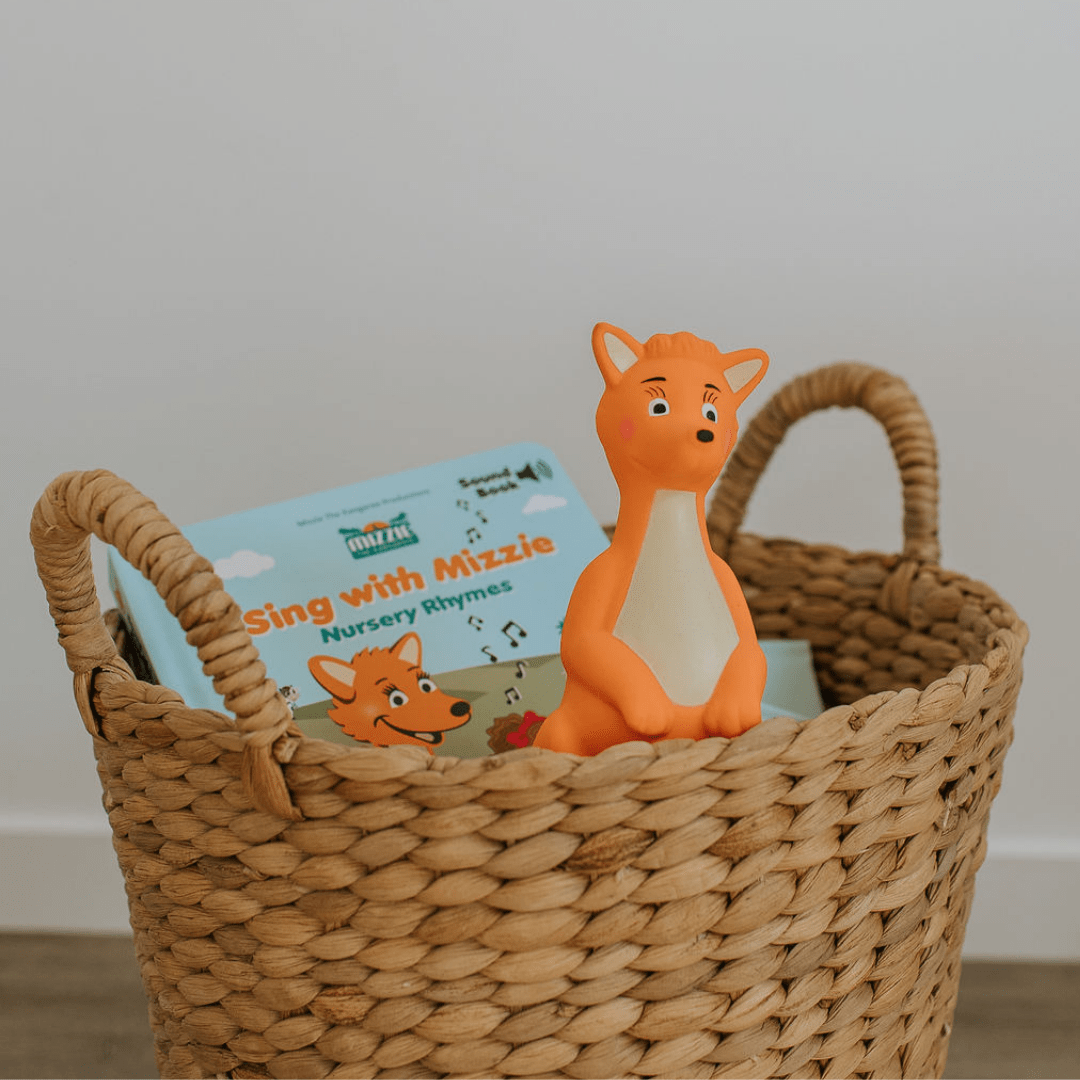
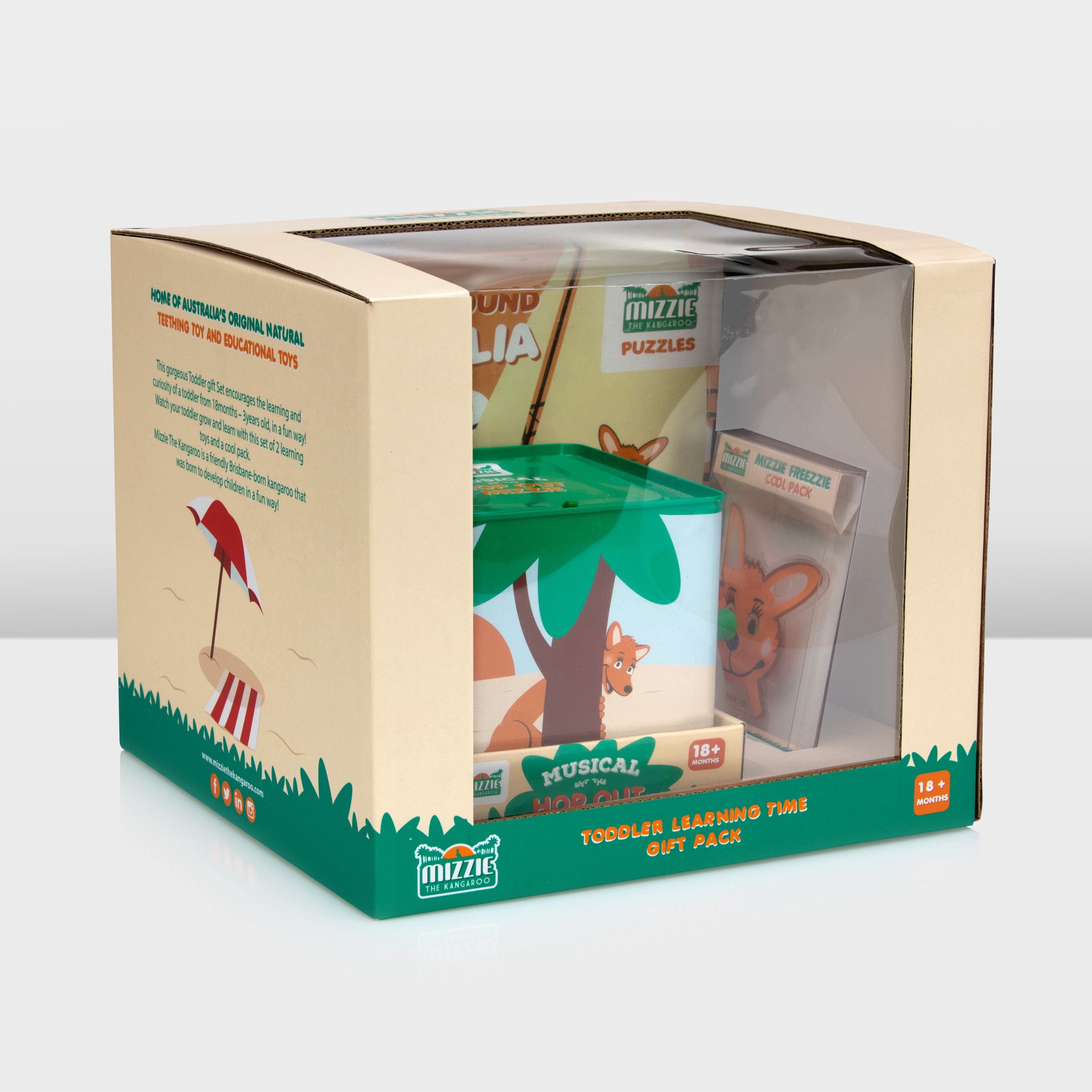
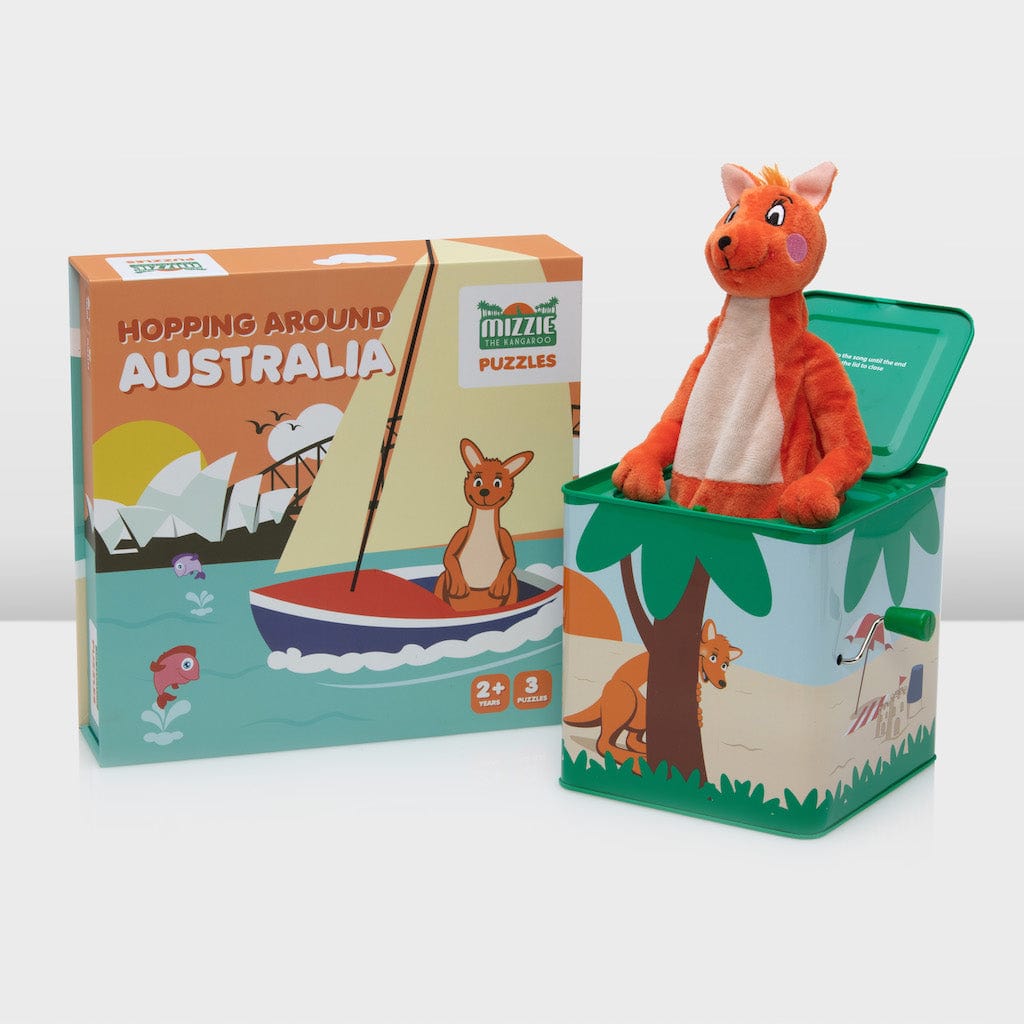
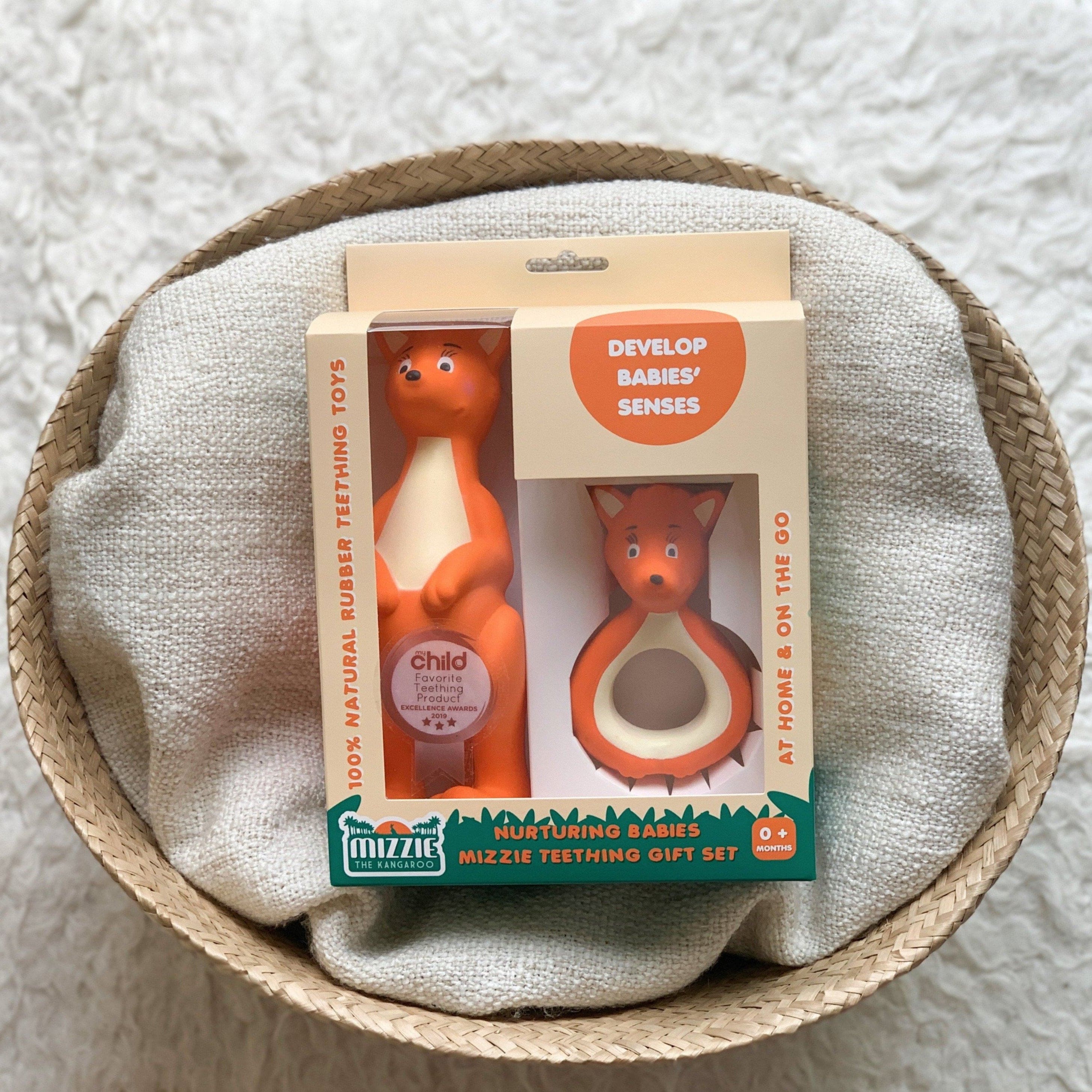
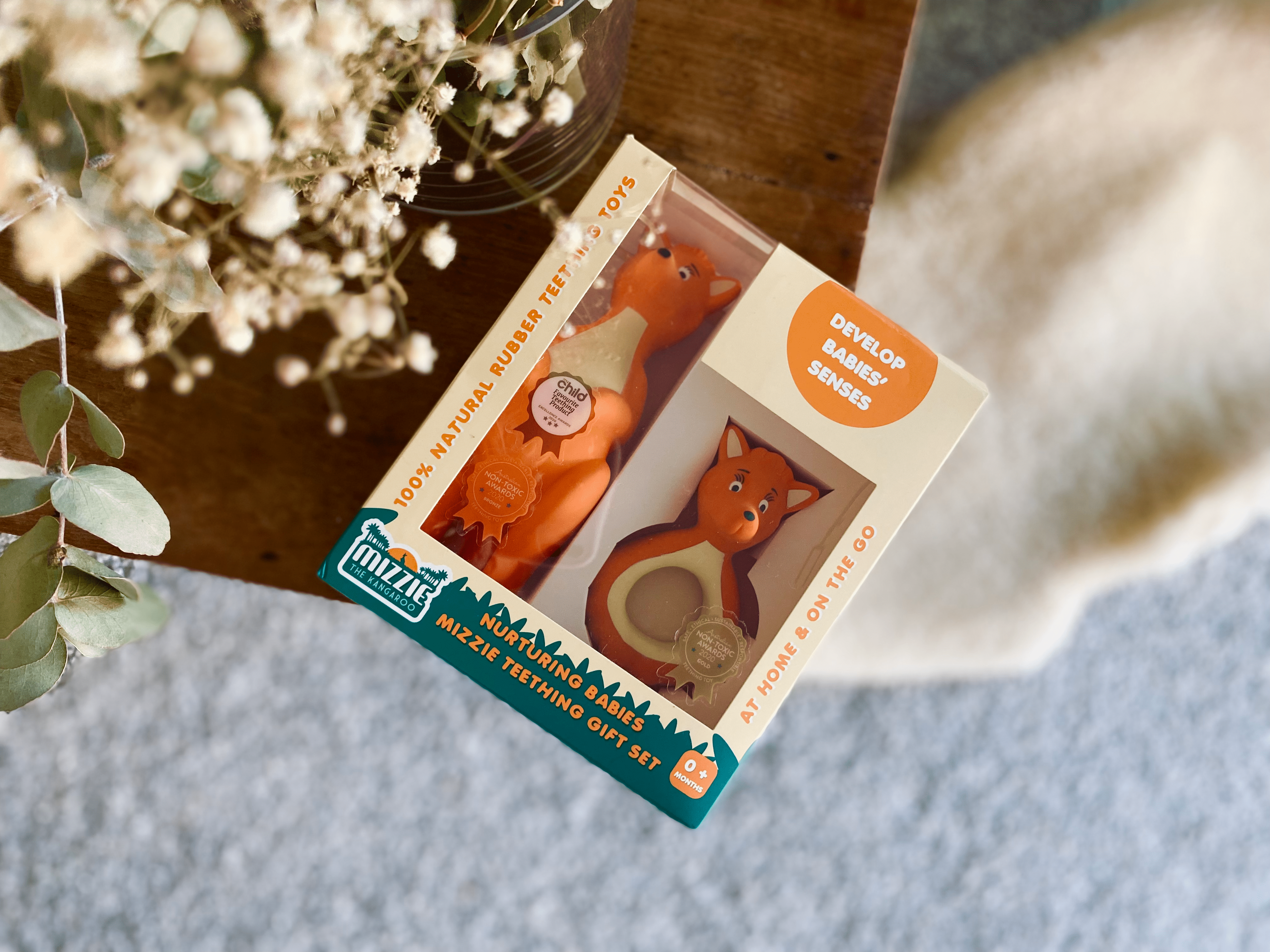
Leave a comment